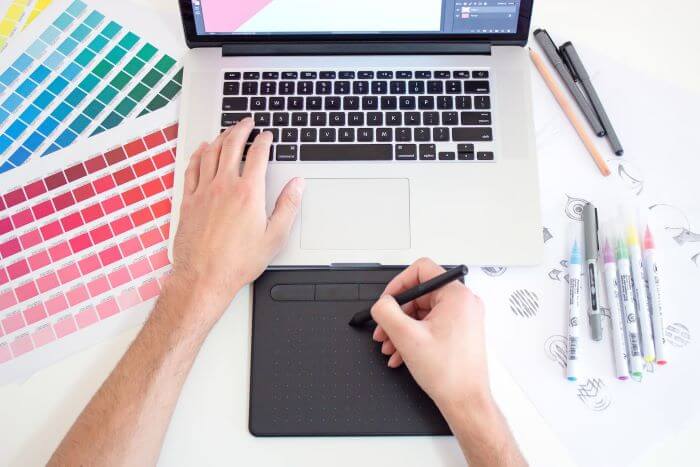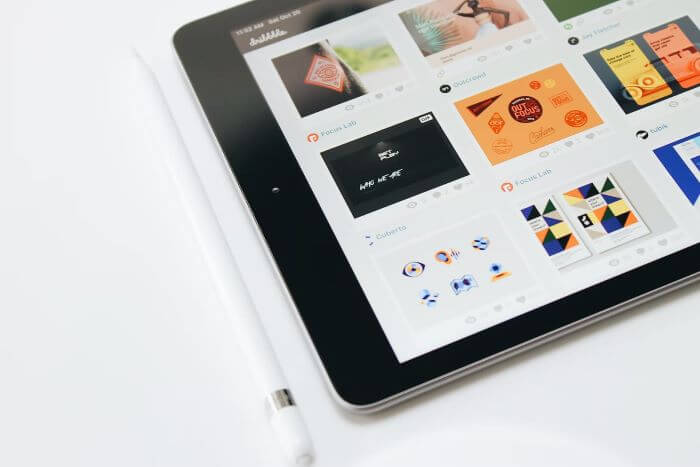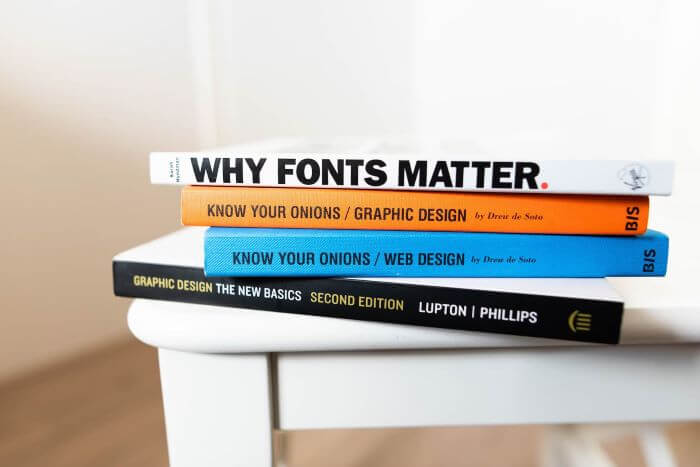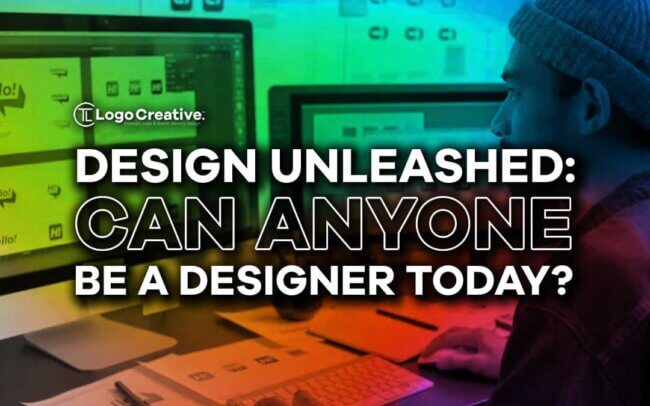The world of design has undergone an extreme transformation. Let’s look at Design Unleashed: Can Anyone Be a Designer Today?
With accessible technology, user-friendly tools, and the introduction of AI in Adobe products more people are asking: Can anyone be a designer? It’s a question that reflects the changing landscape of creativity and challenges traditional notions of who can be a designer and how it’s done.
Design is no longer confined to the realm of professionals with formal education. Even teachers today can use a flag maker online at StoryboardThat to create designs for their classes. In this blog post, we’ll explore the democratization of design, the power of design thinking, and the skills required to excel in this field.
Table of Contents
The Democratization of Design
Once, the title of “designer” was an exclusive badge of honor, reserved for those with formal art education and access to expensive design tools. However, the digital age has ushered in a new era where design is no longer an enigma behind closed doors. With the democratization of design, virtually anyone with a creative spark and access to technology can become a designer.
The Rise of Accessibility
The democratization of design owes much to the rise of accessible technology and user-friendly software. It’s no longer a prerequisite to have a design degree or an expensive suite of design tools. The digital revolution has put powerful design software within reach of anyone with an internet connection and a computer.

User-friendly design tools like Canva and GIMP have further leveled the playing field. They provide intuitive interfaces and abundant tutorials and templates, enabling beginners to create visually appealing designs without formal design education. Whether you’re designing a social media post, a website banner, or a logo for your small business, these tools empower you to bring your vision to life.
Online Learning Resources
In addition to accessible software, the internet offers a treasure trove of learning resources for aspiring designers. Websites, YouTube channels, and online courses provide step-by-step tutorials, design principles, techniques, and best practices. Whether you want to master the intricacies of typography or learn the art of color theory, these resources are at your disposal.
Online design communities and forums also play a pivotal role. They provide a platform for novices to seek feedback and learn from experienced designers. Whether you’re grappling with design concepts or need advice on a project, these communities offer valuable insights and support.
The Role of Formal Education
In the journey to become a designer, one question often arises: Is formal education in design a necessity, or can one thrive without it? While the democratization of design and the prevalence of online resources have made self-learning more accessible, formal education still plays a vital role in shaping designers.
The Benefits of Formal Education
Formal education programs in design offer a structured and comprehensive curriculum that covers design principles, history, theory, and practical skills. These programs provide a foundation that can be invaluable for aspiring designers. Here are some key advantages:
- In-Depth Knowledge: Design programs delve deep into design theory and history, helping students understand the foundations of the field. This knowledge can provide a broader perspective and a richer understanding of design.
- Access to Mentors: Design schools often have experienced faculty members who can serve as mentors, offering guidance, feedback, and real-world insights that are invaluable for growth.
- Networking Opportunities: Design schools create environments where students can connect with like-minded peers and potential collaborators. Networking within the design community can open doors to future opportunities.
- Portfolio Development: Design programs typically involve hands-on projects that allow students to build a diverse and impressive portfolio, which is essential for showcasing one’s skills to potential employers or clients.
The Self-Taught Path

On the other hand, many successful designers have forged their careers without formal design education. Take Paul Rand, Paul Elliman, and David Carson.
They’ve relied on self-learning, experimentation, and a passion for design. Self-taught designers often emphasize the importance of real-world experience, continuous practice, and a willingness to learn from both successes and failures.
The Ongoing Debate
The question of formal education versus self-learning in design doesn’t have a one-size-fits-all answer. It ultimately depends on the individual’s goals, learning style, and resources. Some designers thrive in academic environments, while others prefer the flexibility of self-guided exploration.
What’s clear is that both paths are valid. A formal education can provide a solid foundation and access to resources, but it’s not a guarantee of success. Likewise, being self-taught requires dedication and self-motivation but can lead to fulfilling and successful design careers.
The Skills Required to Be a Designer

Whether you pursue formal education or opt for self-learning, there’s a core set of skills that forms the bedrock of a successful designer’s toolkit. These skills are essential for bringing creative visions to life, solving design challenges, and thriving in the competitive world of design.
1. Creativity
At the heart of design is creativity. It’s the ability to generate unique ideas, envision possibilities, and think outside the box. Creativity is what separates a design that blends into the background from one that stands out and leaves a lasting impression.
2. Communication
Design is a language, and designers are storytellers. Effective communication is crucial for conveying messages, emotions, and information through visuals. Whether it’s a logo, a website, or a marketing campaign, designers must communicate a clear and compelling narrative.
3. Visual Aesthetics
An eye for aesthetics is fundamental in design. It involves understanding color theory, typography, layout, and composition. A well-designed piece is not just visually appealing but also harmonious and balanced.
4. Technical Proficiency
Proficiency with design tools and software is essential. Depending on your design niche, you may need to master applications like Adobe Photoshop, Illustrator, or InDesign. Technical skills enable you to bring your creative ideas to life with precision and finesse.
5. Attention to Detail
Design often hinges on the smallest details. It’s about perfecting the alignment of elements, ensuring consistency in spacing, and proofreading text for typos. Meticulous attention to detail is what separates amateur designs from professional ones.
6. Problem-Solving
Designers are problem solvers. They must analyze briefs, identify challenges, and devise creative solutions. This requires critical thinking, adaptability, and the ability to pivot when a design isn’t working as intended.
7. Time Management
Design projects often come with deadlines. Effective time management is crucial to ensure you meet client or project requirements on time. It involves setting priorities, managing workloads, and staying organized.
8. Collaboration
Design is rarely a solo endeavor. Collaboration with clients, colleagues, and stakeholders is common. Strong interpersonal skills and the ability to incorporate feedback are vital for successful teamwork.
9. Continuous Learning
Design is an ever-evolving field. Staying up-to-date with design trends, tools, and technologies is essential. Designers should embrace a mindset of continuous learning and improvement.
10. Empathy
Understanding the needs and perspectives of the target audience is essential for creating designs that resonate. Empathy allows designers to create solutions that address real-world problems effectively.
Overcoming Challenges

The path to becoming a successful designer is not without its challenges. As you embark on your journey, it’s important to recognize and address these obstacles head-on. Here, we’ll explore some common challenges that aspiring designers may encounter and offer strategies to overcome them.
1. Self-Doubt
Design is a highly subjective field, and self-doubt can creep in when you’re not sure if your work is good enough. Remember that self-doubt is a common part of the creative process. Seek feedback from peers, mentors, or online communities to gain perspective and build confidence in your abilities.
2. Finding Your Style
Developing a unique design style takes time. Don’t be discouraged if your early work resembles the styles of others. Experimentation is key to finding your own voice as a designer. Explore different design trends, techniques, and aesthetics to discover what resonates with you.
3. Managing Client Expectations
Working with clients can be both rewarding and challenging. Clients may have unrealistic expectations or provide vague feedback. Effective communication is essential. Set clear project expectations, ask questions to clarify client needs, and provide regular updates to ensure alignment.
4. Balancing Creativity and Constraints
Design often involves working within constraints, whether it’s budget limitations, tight deadlines, or specific brand guidelines. Embrace constraints as opportunities for creative problem-solving. They can push you to find innovative solutions that stand out.
5. Staying Inspired
Creativity can ebb and flow. Designers often face creative blocks or burnout. To stay inspired, seek inspiration beyond the design world. Explore art, nature, literature, or other interests that spark your creativity. Taking breaks and nurturing your mental well-being are essential.
6. Building a Portfolio
A strong portfolio is crucial for showcasing your skills to potential clients or employers. Starting your portfolio from scratch can be daunting. Begin with personal projects or volunteer work to build a body of work that reflects your abilities and style.
7. Dealing with Rejection
Rejection is part of any creative profession. Not every project or job opportunity will pan out. Use rejection as a learning experience. Analyze what didn’t work, make adjustments, and keep pursuing your goals.
8. Finding Your Niche
Design is a vast field with numerous specializations. Finding your niche can be challenging. Explore different areas of design, from graphic and web design to UX/UI design and illustration. Experimenting with different niches can help you discover where your passion lies.
To Sum Up
Becoming a designer isn’t solely about formal education or innate talent; it’s about cultivating these essential skills over time. Whether you’re embarking on a formal design program or taking a self-taught approach, honing these skills will empower you to excel in the dynamic and ever-evolving field of design.
Join The Logo Community
We hope you enjoyed The Art of Making Your Business Memorable. If you would like more personal tips, advice, insights, and access to our community threads and other goodies, join me in our community. You can comment directly on posts and have a discussion.
*TIP – We use and recommend DesignCuts for all your fonts, mockups and design bundles.


